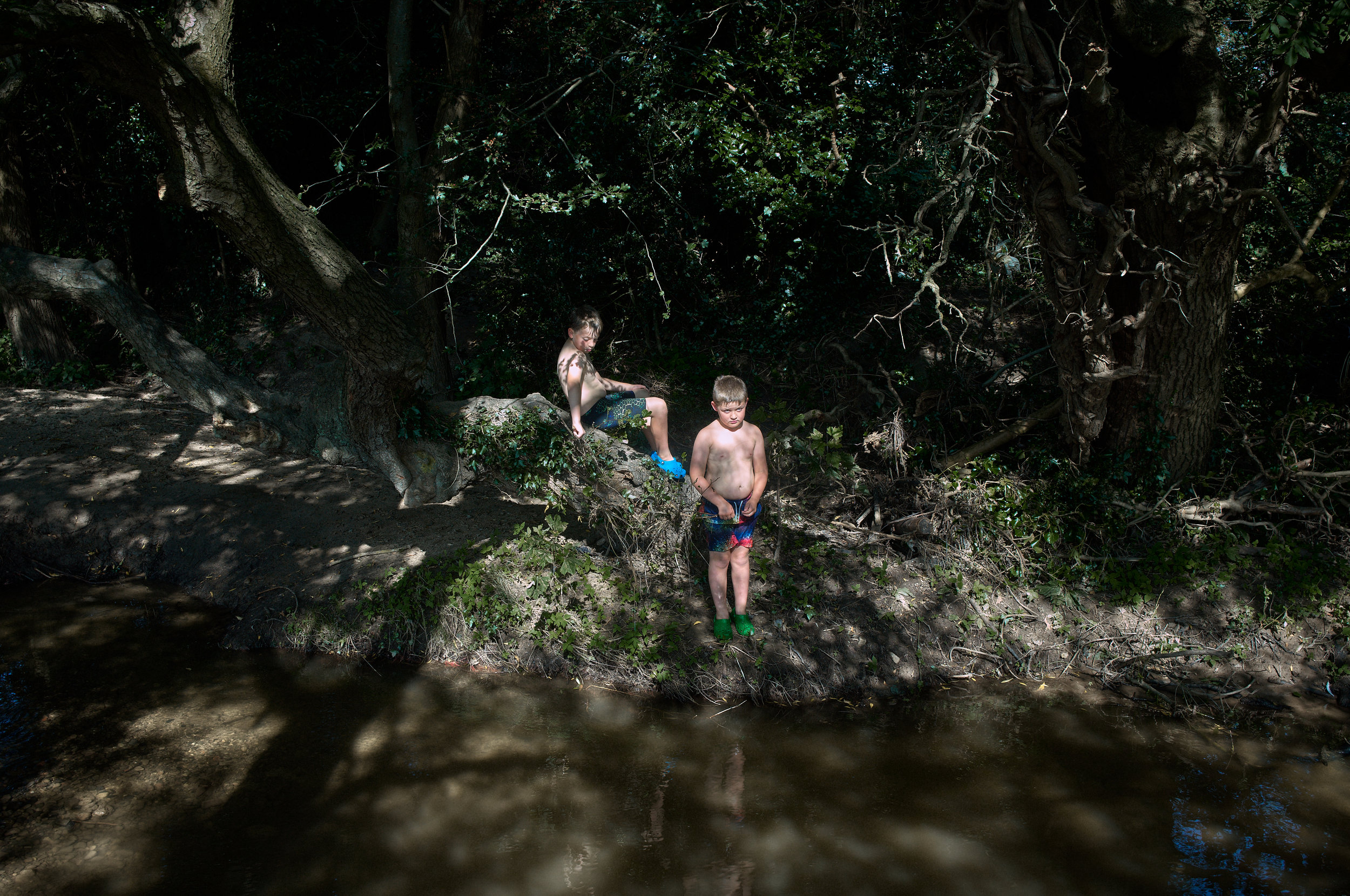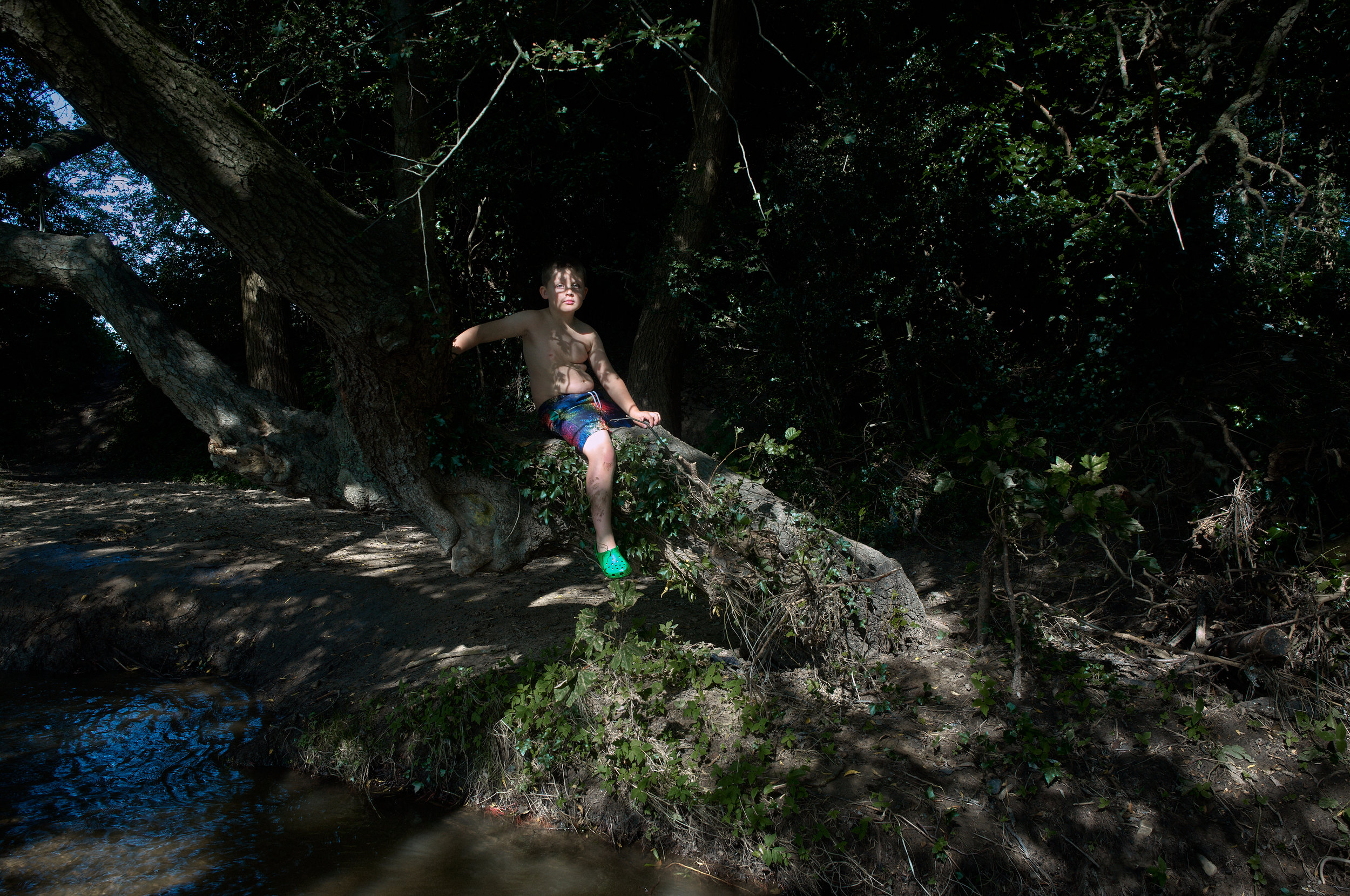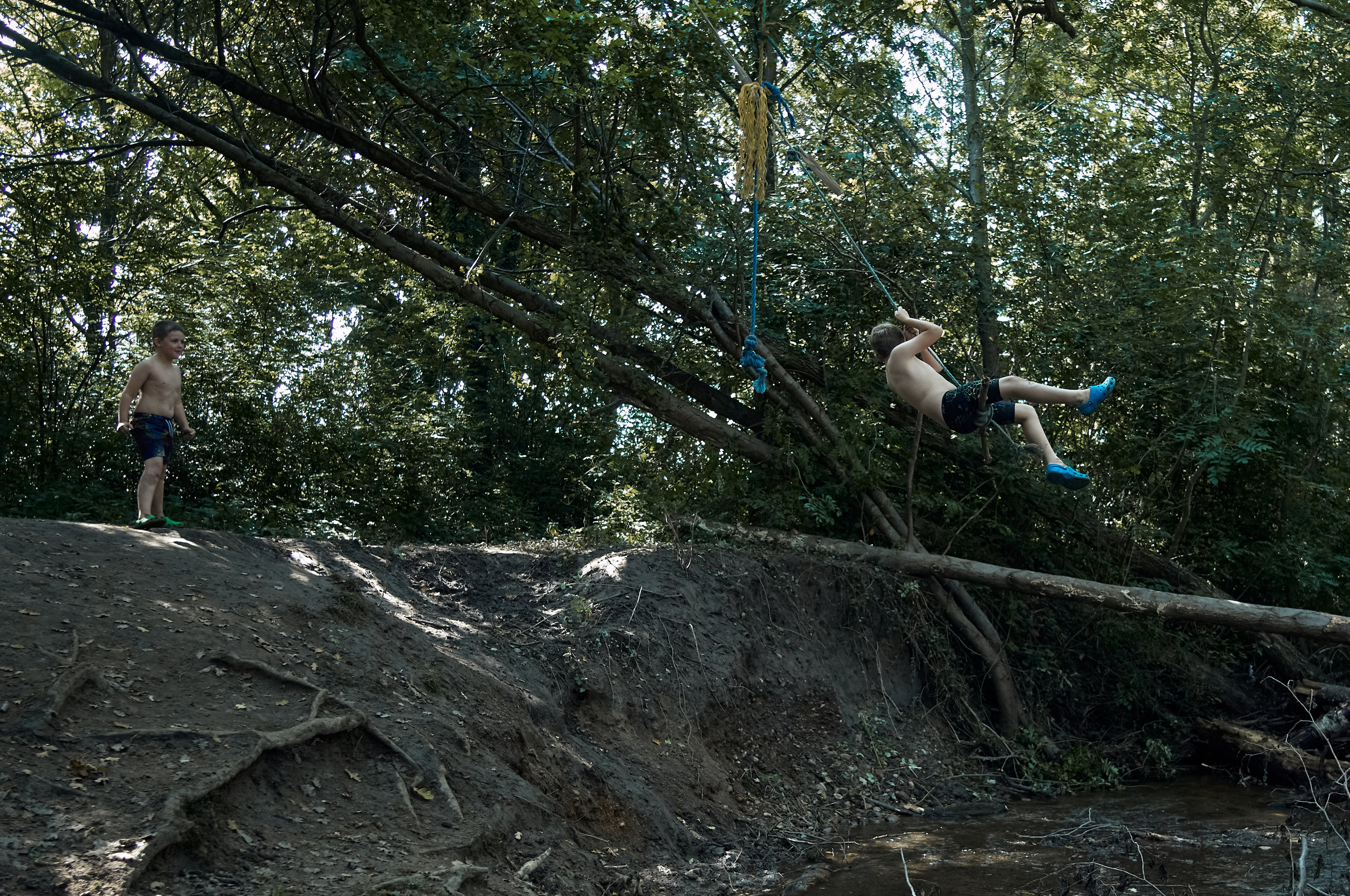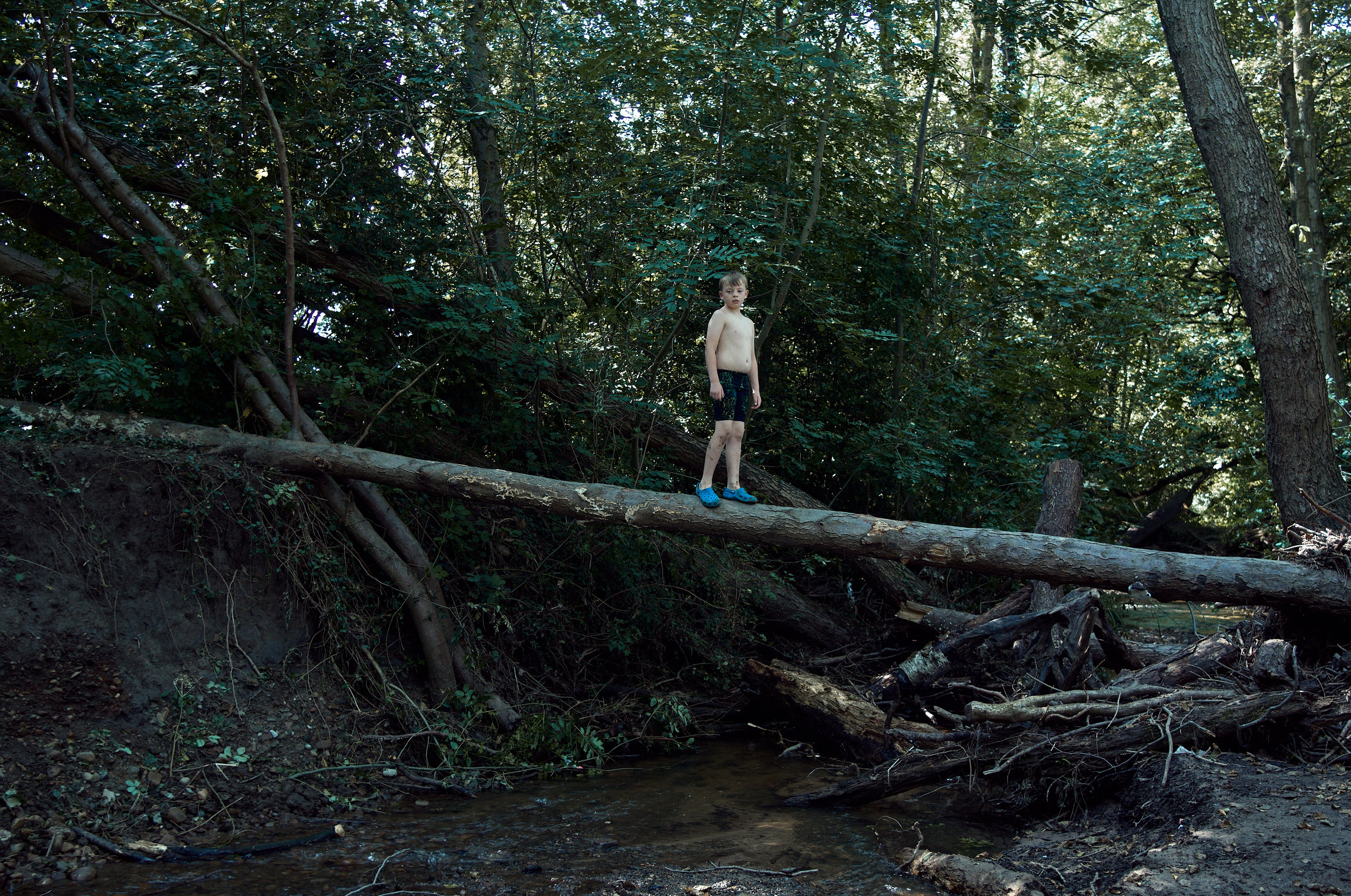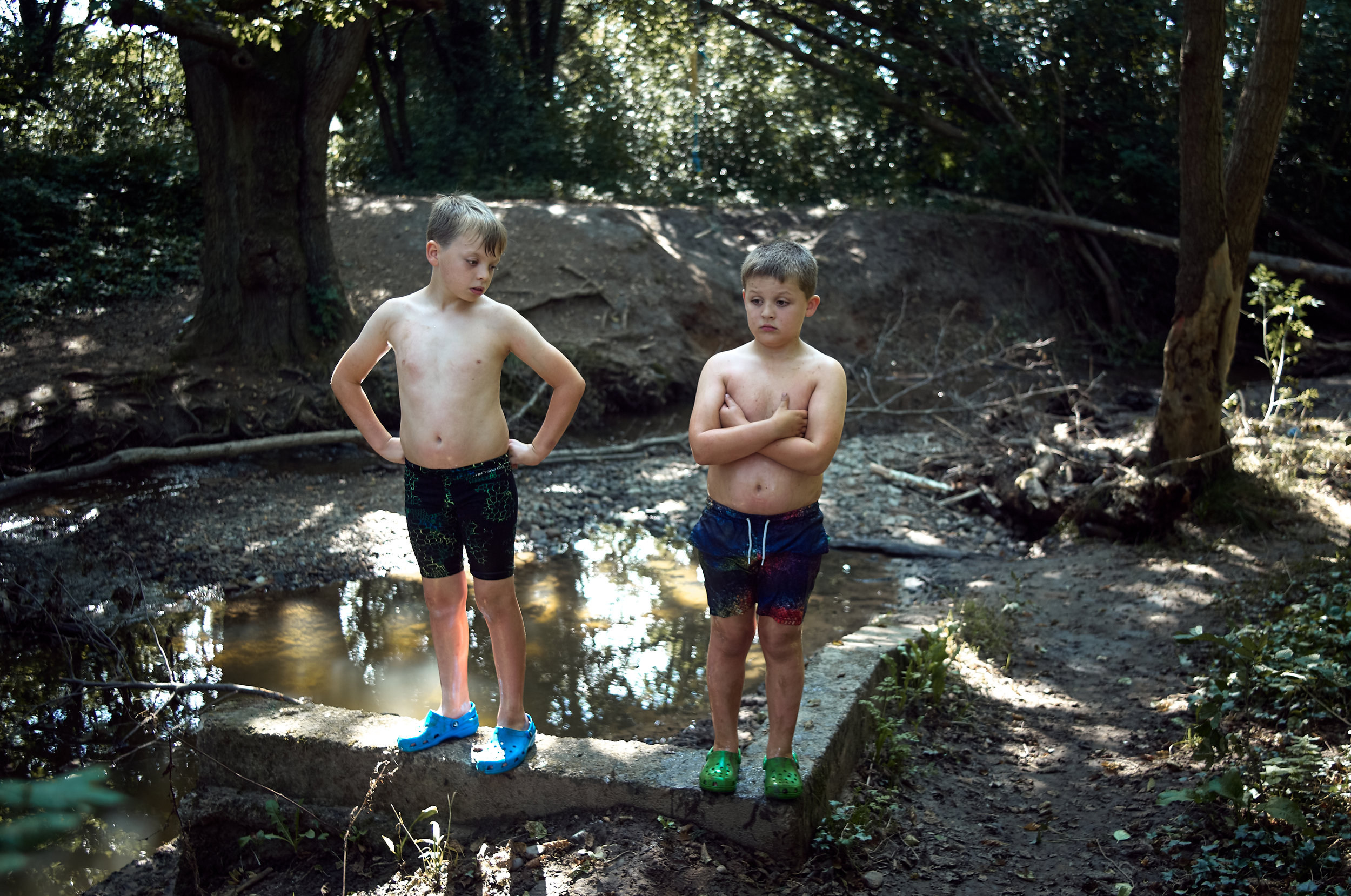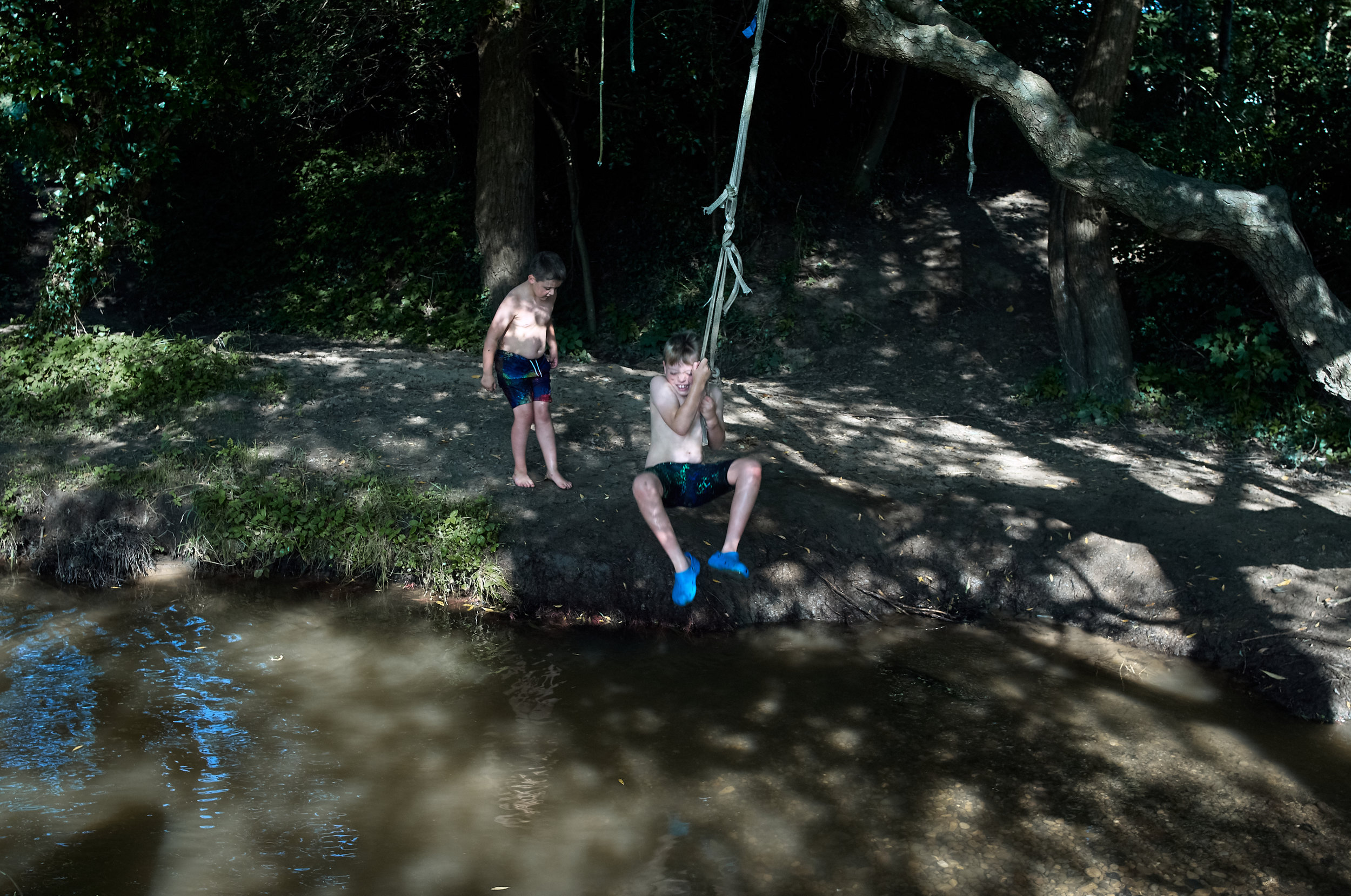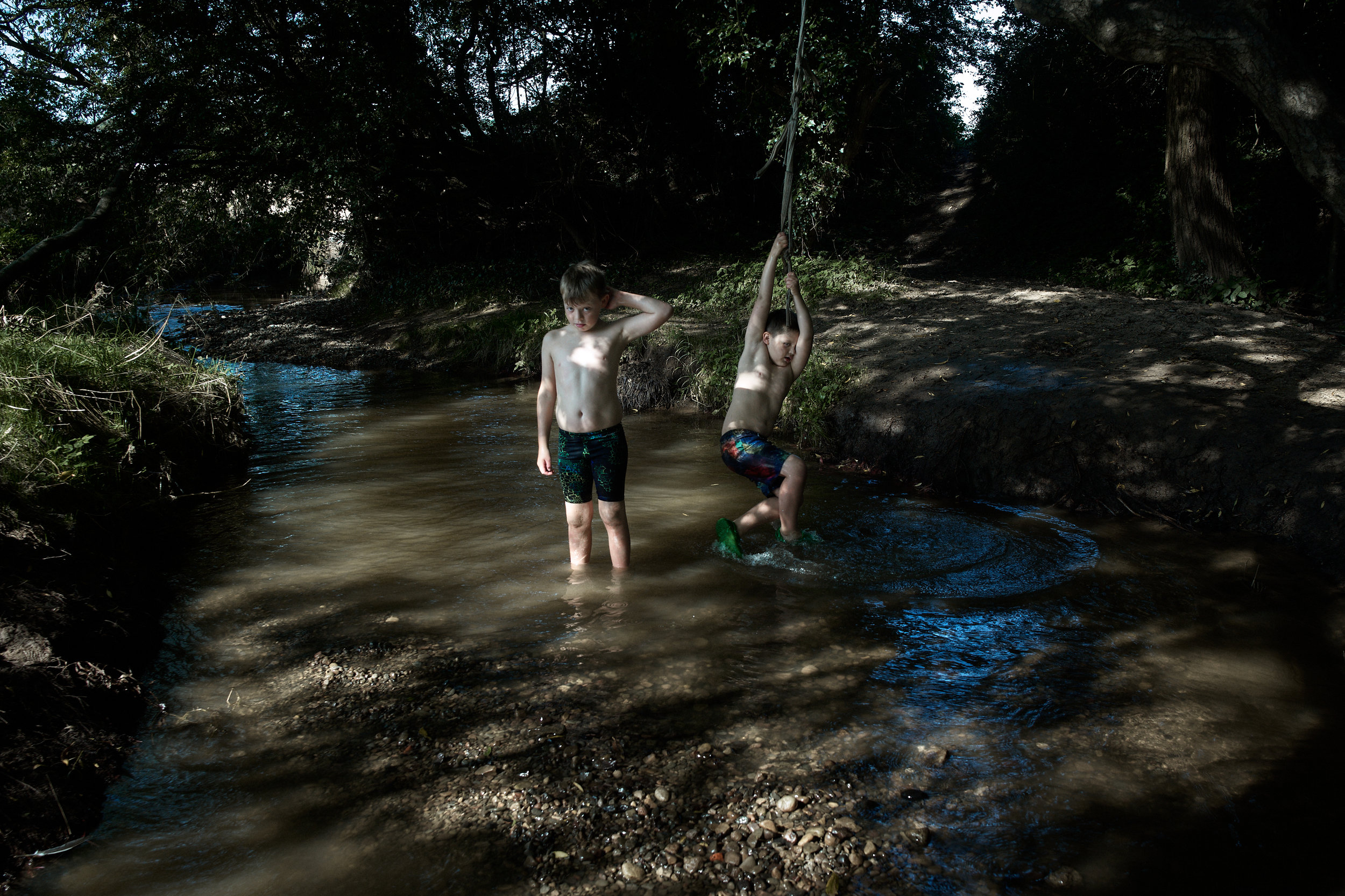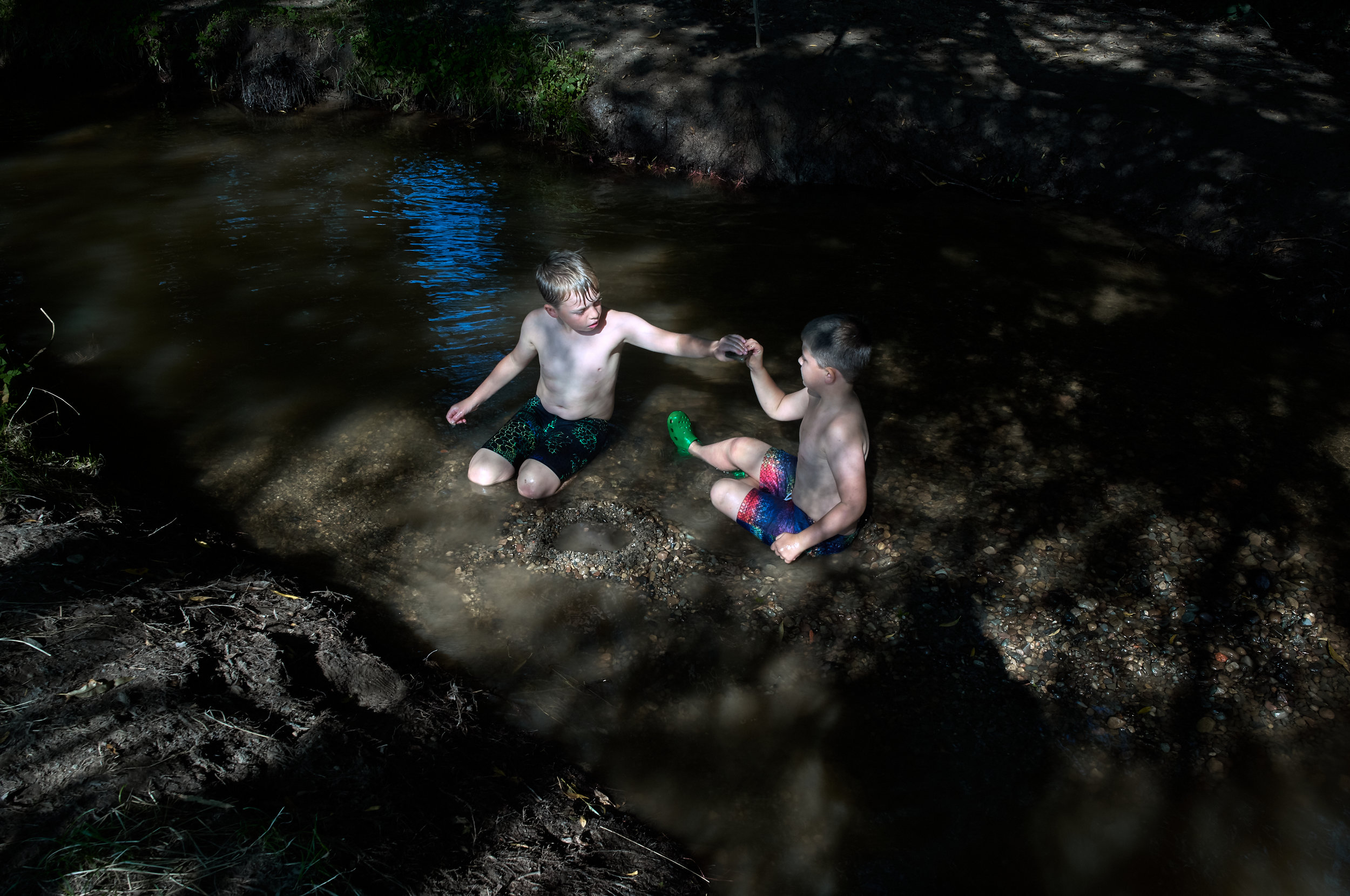As a child in primary school I experienced the most horrendous emotional trauma; it was prolonged, unrelenting and perpetrated by both my fellow pupils and, because I ended up being violent, the teachers, who came to regard me as something of a problem child. I’ve spent much time analysing the experience, receiving therapy for it and trying to trace the origins of how this unholy mess of a childhood could ever have been allowed to happen. I’m done with all that even though it’s still a part of me and always will be.
Of most relevance here is that a significant amount of the abuse was centred around my weight. I was a robust child and while not ‘obese’ especially by today’s standards, certainly overweight. Consequently, whilst my problems did not start with weight, it very quickly went there as this was the easiest way to get the highly entertaining (for everyone else’s gratification) emotional response I was so willing to offer.
When I got to university I sought redress by making myself physically very strong. I first got quite good at rock climbing, a sport which prizes lightness and power over all other virtues, and then subsequently started training in karate. By the time I achieved third degree black belt I was at the point in life where I also needed to train my brain. The anxiety I felt with the otherwise exciting decision to quit my job (and karate) and go back to uni to study full time, was borne out of knowing that stopping training would almost certainly result in me gaining weight very easily (and as it turns out very quickly).
My weight in adult life has subsequently see-sawed between about 82 kilos at my most svelte (four years ago when I applied myself to cycling with quite some vigour and success), and 100 kilos+ at almost any other time. I’ve never got over my self-consciousness about my weight and my body image is so far from being positive as to be borderline neurotic.
Body image is something we typically regard as mostly affecting women. It’s not so much that there is an active denial that men also experience it, but where you see many references in the media of this being a problem for women (and they are always universally, and rightly, sympathetic in this regard), you don’t see the same referencing for men. It certainly feels like society doesn’t see this as a problem for men and yet with routine regularity, the 40+ men I ask to be subjects in my work, invariably all of whom have what we might call a ‘dad bod’, are unhesitatingly resistant.
As part of the photography workshop I attended recently, one of the tutors, Carolyn Drake, challenged me as to why I wasn’t in this project. She understood when I scoffed that hell would freeze over before that happened but her point was well made; apart from the obvious hypocrisy of asking/expecting other men to disrobe and being unwilling myself, there is also the important commentary about the subject of body image/body positivity to be made, especially from the male perspective as this is so frequently lacking or indeed ignored.
Spurred on by the reassurance of Carolyn’s genuinely humane and adroit observation, and the courage of other subjects such as Julian (I was fortunate to make the acquaintance of Julian recently, who has followed my work and shares my views on the importance of how men are seen and how the masculine is judged. He also shares my own negative body image challenge and yet he is courageous enough to disrobe and be photographed. I am both in awe of this and deeply grateful), I decided to photograph myself. I found a quiet spot in a forest, set the camera on a tripod with a self-timer and then proceeded to let all hang out.
Me
And hang out it did. The process of making the images wasn’t too bad, after all I see myself in a similar state of undress at least twice a day. But reviewing the pictures, which offers a perspective as others see me, was an excruciatingly painful experience. I was genuinely filled with depression and despair; the notion that anyone in the future could find that writhing mound of blubber attractive evaporated as quickly as hope in a war zone. Given that I have in the last ten years lost 30 kilos as a result of fanatical dieting and riding upwards of 1000km a month on a pedal bike, it’s not that I don’t know how to remedy the situation. I know I can diet if I can find the motivation but the more important question is where does the repulsed reaction to my own body come from?
It’s interesting to think about this and subconsciously I’ve made a connection quite recently with the way society is very happy to use derogatory references to the male body as a way of shaming or belittling an individual.
One person in particular springs to mind. This individual is highly divisive in terms of popularity; some people love him, a lot hate him and by hate, I really do mean vile, contemptuous and caustically vitriolic burn in hell hate. The effigies you will see of this individual almost always focus very specifically on his weight and appearance and that is very telling. It is what is encoded in these images that is relevant here, for these effigies are specifically and unabigously designed to denude his relevance and individual power (precisely because he holds the highest office in the world, at least when it comes to the free world).
Julian
In case you hadn’t guessed I’m referring to Donal Trump. And yes, I think he’s an utterly repugnant individual and he’s transgressed the boundaries of decency if not also trust and the law and he probably doesn’t deserve to hold high office. However until we change the rules of representative democracy I guess we’re stuck with him.
Still, it is interesting that the grotesque caricatures of him all seem to focus on his weight (and the size of his penis). I can understand both of course but the irony of the political left using such body shaming images as a means to attack and cast aspersions as to his character and worth even as a human being let alone President, is at once both deeply hurtful to anyone else who sees themselves in that body shape, and utterly hypocritical. Imagine the furore if the shoe was on the other foot.
Besides, it probably does nothing to reduce Trumps inflated ego or his narcissism, but it does help perpetuate the notion that men, as much as women, need to conform to an ideal body shape if they are to be regarded as of use and value to society and of good character.
Julian
Of course this is only one example, but it is not alone and it is not just physical shape that is associated with character assassination. Our culture is obsessed with the perfect body and we regularly use it as a signifier of all the positive virtues and traits we are capable of. By contrast, popular culture is peppered routinely with negative body images that are specifically used to tell an audience that this is a bad person who is not to be trusted or who is unambiguously evil or is otherwise an inherently flawed character. Think about how many bond villains have been without some kind of physical ailment or impairment (come to think of it, how few female bond villains there have been), or how many leading men (or women) are of larger body types.
It’s not just body shaming that this project has also highlighted to me; it’s also the way in which male bodies are perceived in certain situations. Whilst photographing Julian in Stanmer Park this last weekend, there was a moment when a woman and her teenage daughter spied him, shirtless, well before they saw me photographing him. In the context of just seeing a half naked man in the park, her reaction was one of fear. Indeed, she confessed that she’d actually been in the process of dialling 999 before she realised what was actually happening.
Julian
I don’t blame her of course. Much as it would be very easy for me to highlight this as an example of how men are frequently regarded as a threat and how unconscious bias, borne out of a deeply matriarchal society, was responsible for this act of oppression, that would not just be churlish, it would be blatantly false.
Besides, unconscious bias is just a politically correct phrase du jour for what the ancient Greeks called heuristics. Of course seeing a half-naked man in a forest is going to elicit a danger response in anyone, most of all someone who is likely to be less physically capable of countering such a threat. But the experience was upsetting, especially and understandably for my subject Julian, who was visibly troubled by the encounter.
I don’t know what the solution is if any. I suspect that our obsession with the perfect body is itself based more on an evolutionary heuristic associated with health, vitality and reproductive viability and my own dissatisfaction with my body shape is the analogue of those things. Of course the easiest way to solve the problem is to lose some weight but then if I applied myself to undertaking the exercise I know I would need to do I’d probably have to stop taking pictures.













